Cast or Calendered Vinyl: It’s Your Choice

Everyone in the graphics industry has heard the terms “cast” and “calendered” to describe vinyl. However, not everyone knows what effects those terms have on buying decisions. This video explains the general difference between cast and calendered vinyl films. Why should you use cast vinyl? What types of projects are best for cast or calendered vinyl?
The Benefits of Cast Film
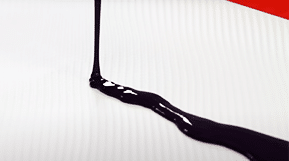
Everyone in the sign industry knows the term “Cast Vinyl”, but not everyone really understands what it means. This video describes what cast vinyl, or cast film, is and what it means to your sign and graphics business.
Cleaning Large Wall Graphics

Cleaning large wall graphics on a regular basis is important to maintain a good appearance. Here are some tips on how to clean a wall wrap.
Installing Large Interior Wall Graphics
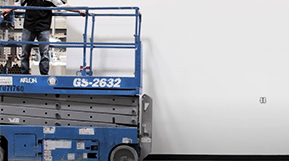
Today, printed interior wall graphics are gradually taking over paint and wallpaper due to their ease of application and removal, customizability and even profitability.
Most zero or low VOC paints have many additives that prevent adhesive from sticking to it. That is why it’s necessary to conduct tests to ensure that the surface can be wrapped. Before starting a wall project, make sure that you watch our WrapItRight video on ‘Testing a Wall for Media Compatibility’.
Hinge Method Made Easy
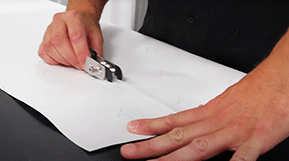
There’s no better way to get a graphic application started than by making the perfect hinge using a double back-slitting knife. Use the hinge method to make installation easier for you. This is the double back-slitting knife. The body of the knife is teflon-coated.
Testing an Exterior Wall for Media Compatibility
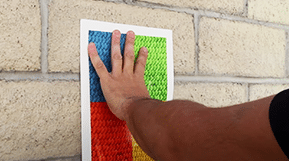
The first step to qualifying a wall wrapping media is to analyze and identify the surface. This article doesn’t select specific media for you. I want to give you some tips on how to properly test a wall for media compatibility.
Installing Large Exterior Wall Graphics
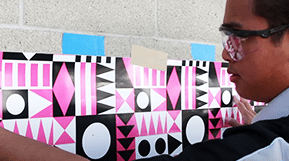
Applying exterior wall graphics presents significantly greater challenges than interior walls. Exterior walls present more options in their construction: materials such as concrete, brick, or cinder block; textures which range from smooth to extremely textured; and finishes from primed to painted to bare.